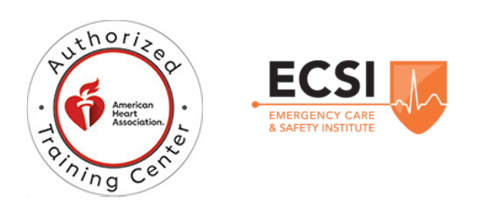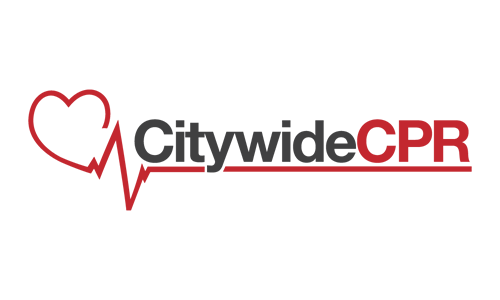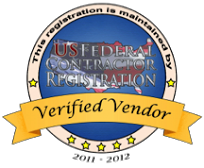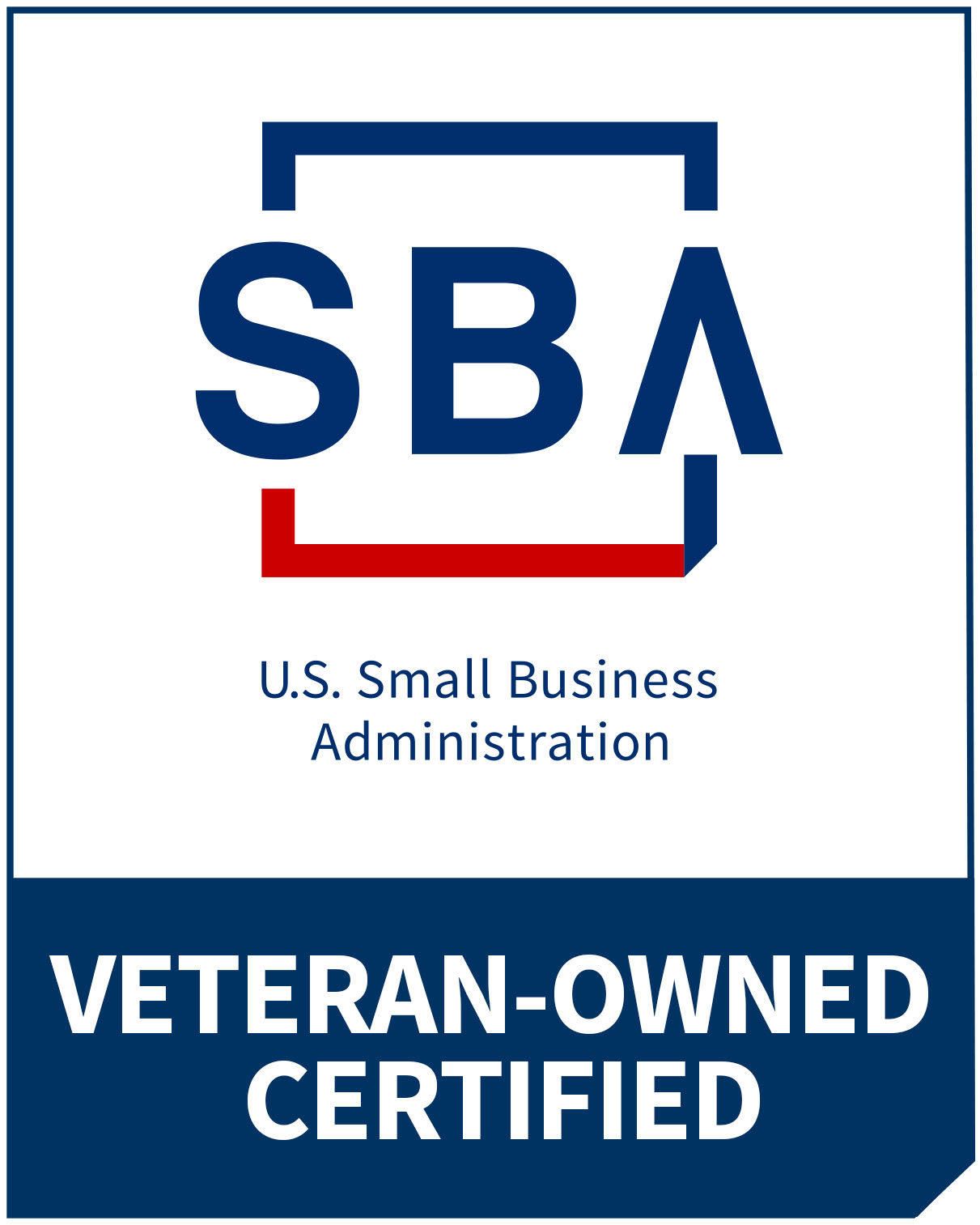Cardiopulmonary resuscitation, also known as the (CPR), is a very important and useful lifesaving technique that every lifeguard should learn and master. The reason behind this is that it is the fastest and most efficient way of saving a drowned person be it in the beach, swimming pool, or in any body of water that any person may be likely found on. CPR is the most basic technique in every first aid and emergency protocol for the lifeguard and it is very easy to learn, even an amateur swimmer can learn the basics and perform this lifesaving technique to save another life.
By pumping the chest of drowned person and doing mouth to mouth resuscitations, a person is already doing what can be called as a CPR. It is a very useful and wonderful technique. Just the thought of being able to save and prolong the life of a drowned person using this very simple technique is quite an amazing feat for anyone performing the said technique. One does not need to be a very good swimmer to be able to save the life of a drowning or a drowned person. The basics of this amazing technique is enough to make a difference.
Learning this amazing technique is very useful also for the family. At least one member of the family should be able to learn this in case of emergencies during family vacations on the beach, lakes, and even in the pools. One does not need to be very good to be able to save the life of a drowning person. With the basics of this amazing technique, the person performing this incredible technique will be able to save a life.
Saving the life of a drowning person is very easy if one knows the basics of this technique. It is as easy as one, two, and three. One, which is to be in position ready to perform the said technique. Two, perform the pumping of the chest and the giving of oxygen to the drowned victim. And three, to continue on doing step two until the victim is revived. After a while, the drowned victim will be revived and okay. The steps is saving the life of a drowned or drowning person with the use of this very useful technique is very good and very easy. It is amazing how this very basic and simple technique can save the life of another one.
Everyone should learn how to use this technique. Not only because it can save a life, it is also because, this technique can also bring the person and introduce him/her to other persons in their lives. They will be able meet new persons in their lives with the use of this technique and can even meet new friends in life. Not only will they be able to save a life with this amazing technique, their lives can also change for they will be able to meet new friends and, in turn, their lives will also change.





